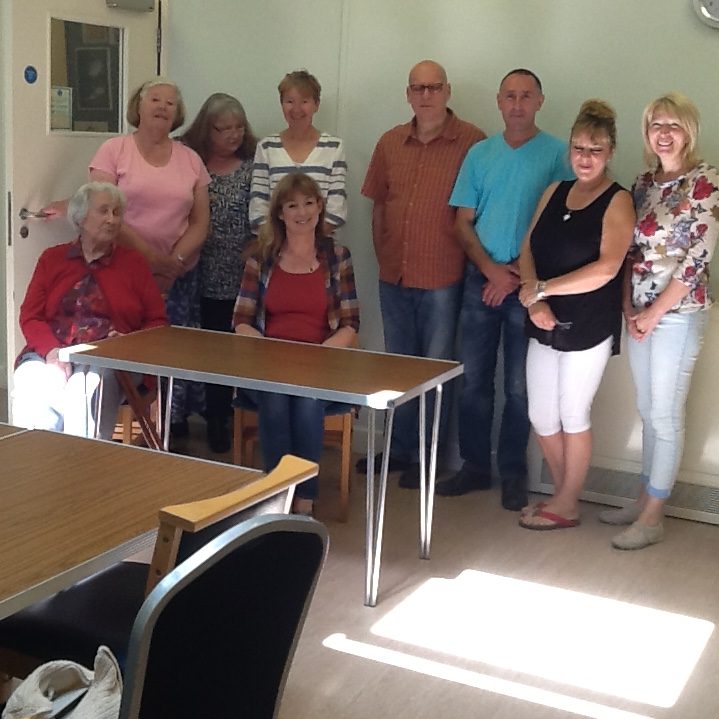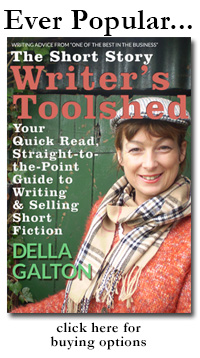I used to believe that the art of writing suspense was mostly about technique – short sentences build tension and pace, longer sentences slow it down. But suspense means so much more than this. So what does the word suspense actually mean?
Maybe I won’t tell you yet…
Just kidding, but, according to the Oxford Dictionary, suspense is a noun and it means:
A state or feeling of excited or anxious uncertainty about what may happen
So how do we create this in our writing? Here are my top three tips:
1. Pose questions, but do not answer them. As soon as you answer a question the suspense is gone.
Here is the beginning of A Table for Four, a story I sold recently to My Weekly.
What should I wear? I looked at the clothes laid out on my bed and sighed. There was a part of me that didn’t really want to go to this reunion lunch. I didn’t want to face all that emotion, all that honesty. I didn’t want to be reminded of the past. And it was going to be odd without Alice. It was the first year that we had met without her.
There are several questions in this opening paragraph. What should the narrator wear? What sort of reunion is it? Who’s Alice and why isn’t she there this year?
In order to create suspense – they should not all be answered in paragraph two. In fact, it’s a good rule of thumb to make sure you never answer a question without posing another one.
2. Withhold Information – for as long as you possibly can without being annoying.
Paragraph two of A Table for Four
For a moment I let an image of her face fill my mind. Her sparkly blue eyes, her ever present smile. I’d loved Alice to bits. I don’t think I’d have got through my surgery or those endless hospital visits without her irrepressible brightness.
Cue flashback.
“Chin up, honey,” she’d say if I’d moaned about my hair falling out. “You’re not going to miss a bit of grey hair, are you?”
“It’s not grey, you cheeky mare,” I’d snap, and she’d click her tongue and shake her head. “You’re smiling though!”
It was amazing how you could joke about the darkest of things. It had often surprised people – family and friends – when I’d told them how much laughter there had been on Marshall Ward.
I had to go to the reunion. Besides, I wanted to find out how everyone else was.
So now we know a bit more about Alice – but we still don’t know who she is – or where she is – or exactly what’s going on here, although we are slowly being given more information.
3. Use Foreshadowing
I don’t mean the type where you say, she had no idea that tonight would be the last night of her life. Although that might well create suspense, it’s a bit clunky and amateurish. Instead, set up a scene or situation where you don’t explain something that will crop up later. Here’s a paragraph a little later in A Table for Four.
The waitress came for our order.
“Are you still waiting for someone?” she asked, glancing at the empty space beside me.
I shook my head, but when she moved to clear the surplus knife and fork, I stopped her. “Please could you leave them?”
“Er – yes, sure…” The waitress looked puzzled but no one enlightened her.
In this way although the reader might well guess that the fourth place is for Alice, they won’t know for sure why the others want it left, even though she isn’t coming.
The art of writing a good short story is to keep the reader guessing. Indeed if you’re writing a twist you need to keep them guessing until the very end. It’s the same with all writing. If you’re writing a novel or novella you have the luxury of cliff hangers too – don’t just keep them for chapter endings – use them for scene endings.
At the end of your short story the questions you’ve posed need to be answered. For example at the end of A Table For Four – we find out why a place has been set for Alice, even though she isn’t coming, and where she actually is. And there’s also a little twist. I’m afraid I can’t reveal the end as I don’t think this story has been published yet. If the suspense is really too much – email me privately and I’ll tell you!
PS in other news: my novel, Ice and a Slice is on Kindle Countdown. Between Friday 27th June and Thursday 3rd July it’s only 99p instead of £1.99.





Thank you so much for this marvellous masterclass in writing suspense Della. It’s good of you to pass this valuable information on and is very much appreciated. x
Thank you for posting Sue, pleasure. Writing and the mechanics of it fascinate me.
The witholding information without being annoying is important. I’ve read stories which make such a point of not telling us something that I’ve lost patience.
How true Patsy – it’s a fine balance isn’t it.
Helpful advice here, Della. A new take on the ‘show and not tell’ but perhaps a bit easier to follow. Thank you so much.
thanks for commenting Sheila x
Interesting tips! The foreshadowing thing can be tricky though…it has to be subtle. I think sometimes it is confused by the readers with red herring whose aim is to mislead (completely the opposite).
I think foreshadowing is successful when at the end of the story the readers are like ” Wow, I did not see this coming…but on second thought, I should have. The clues were there! This was a possible ending after all!”